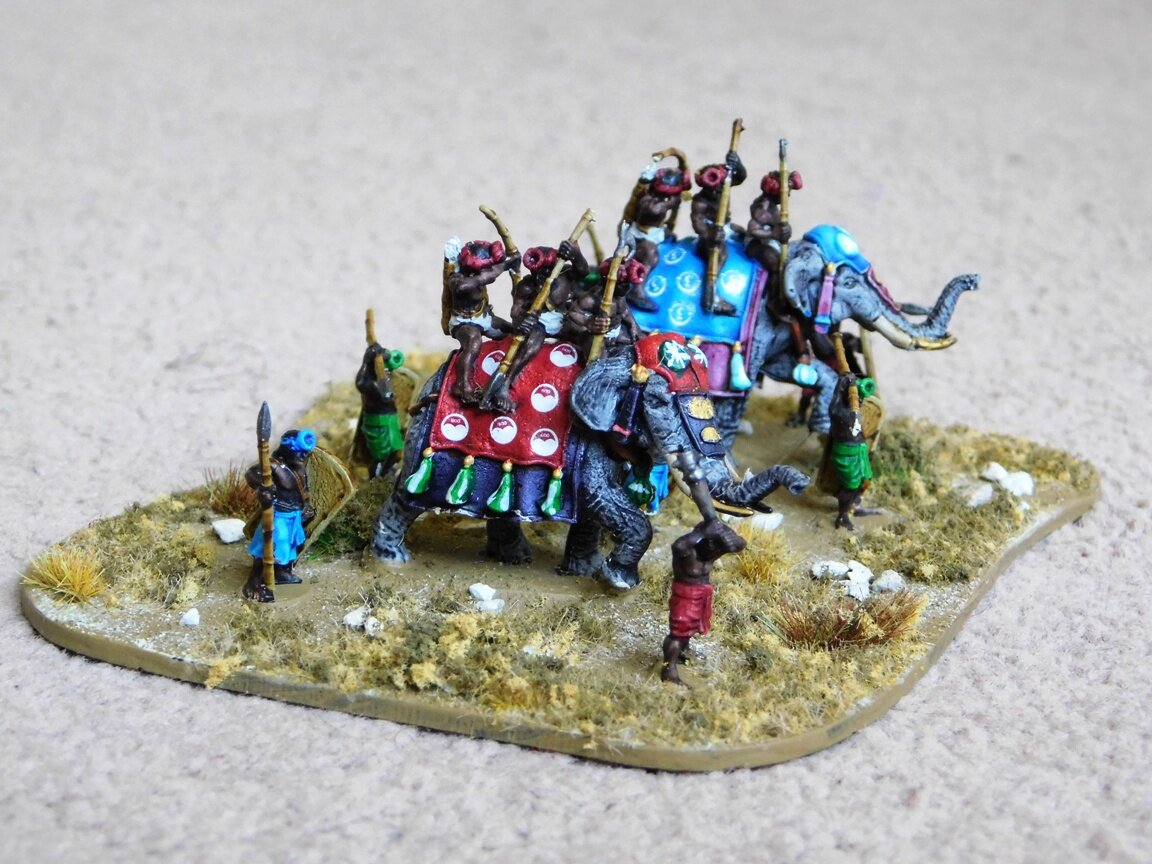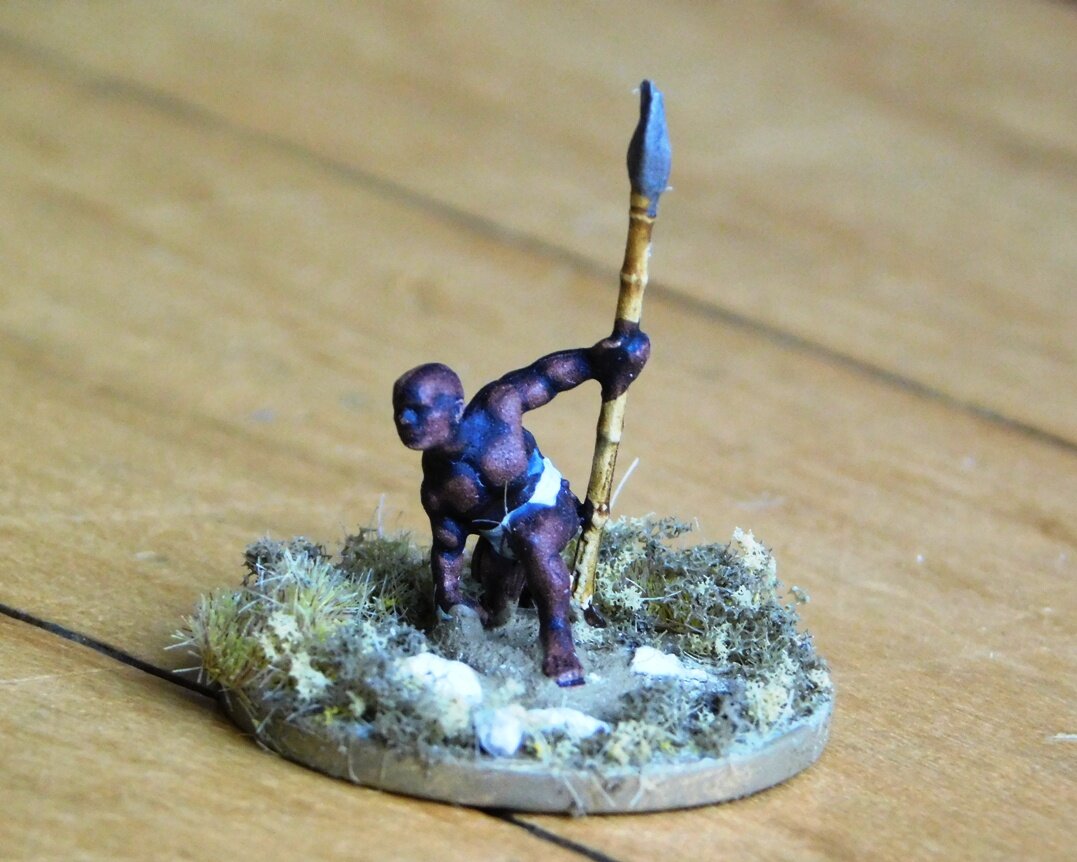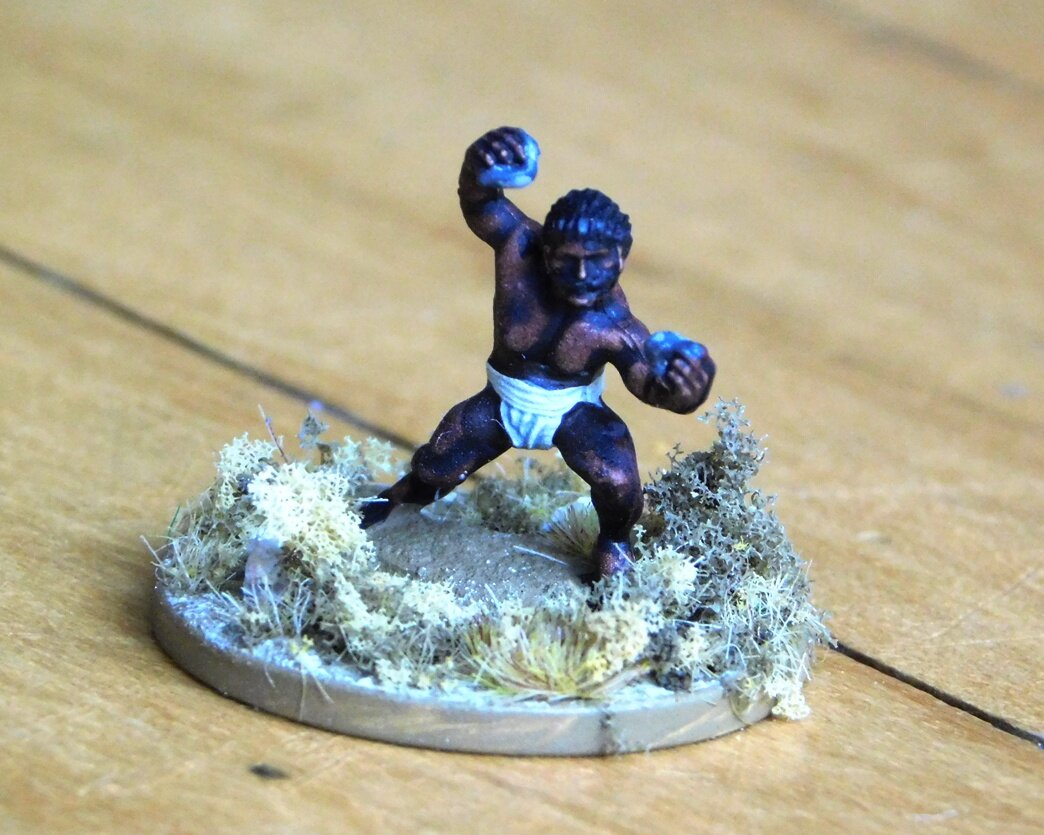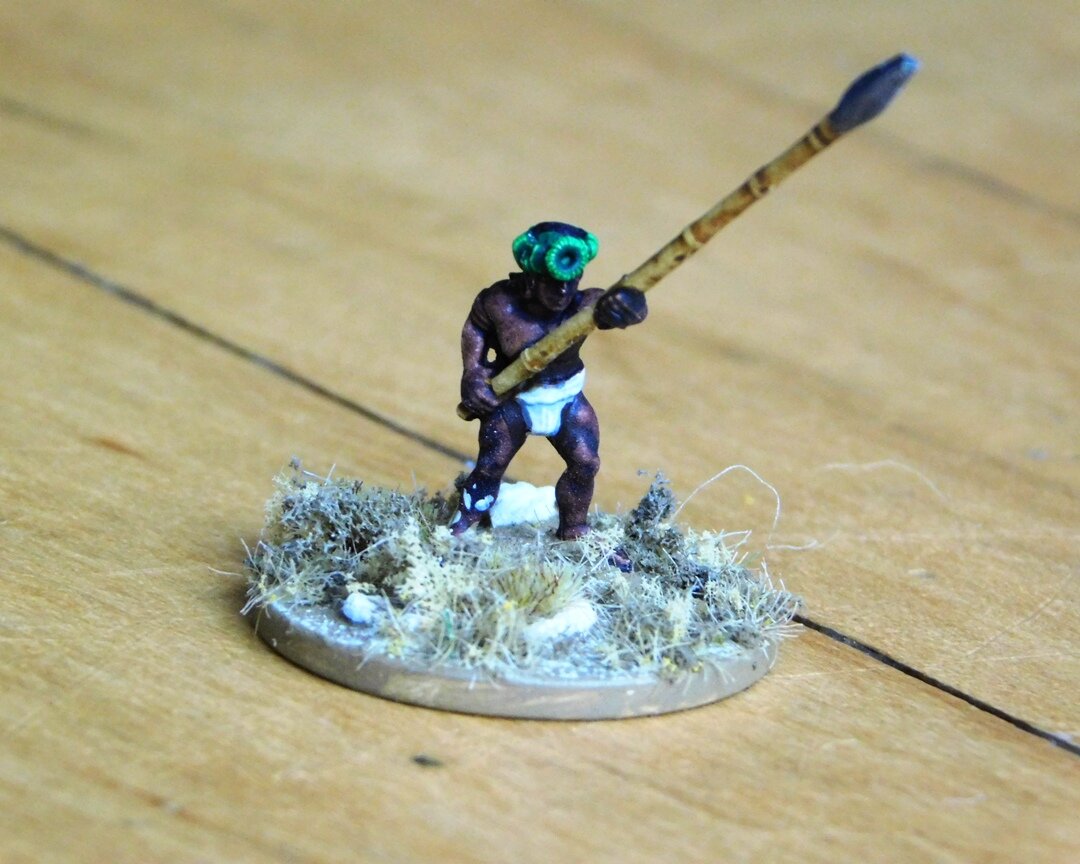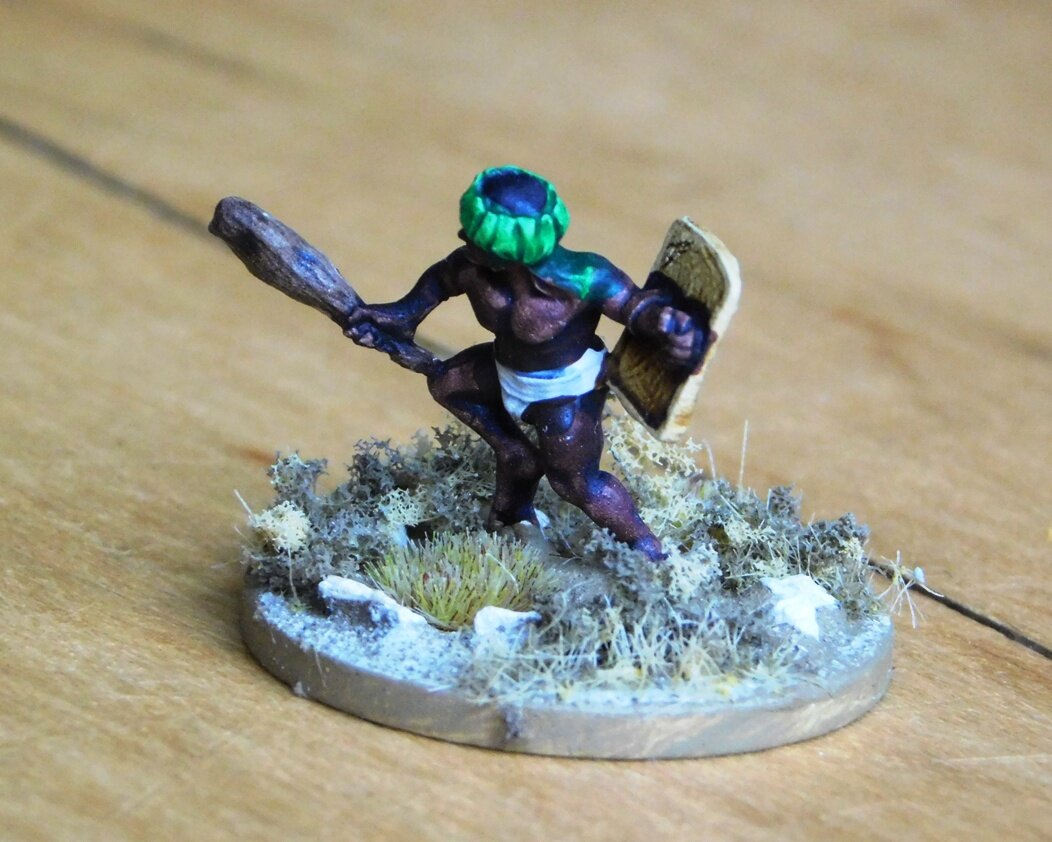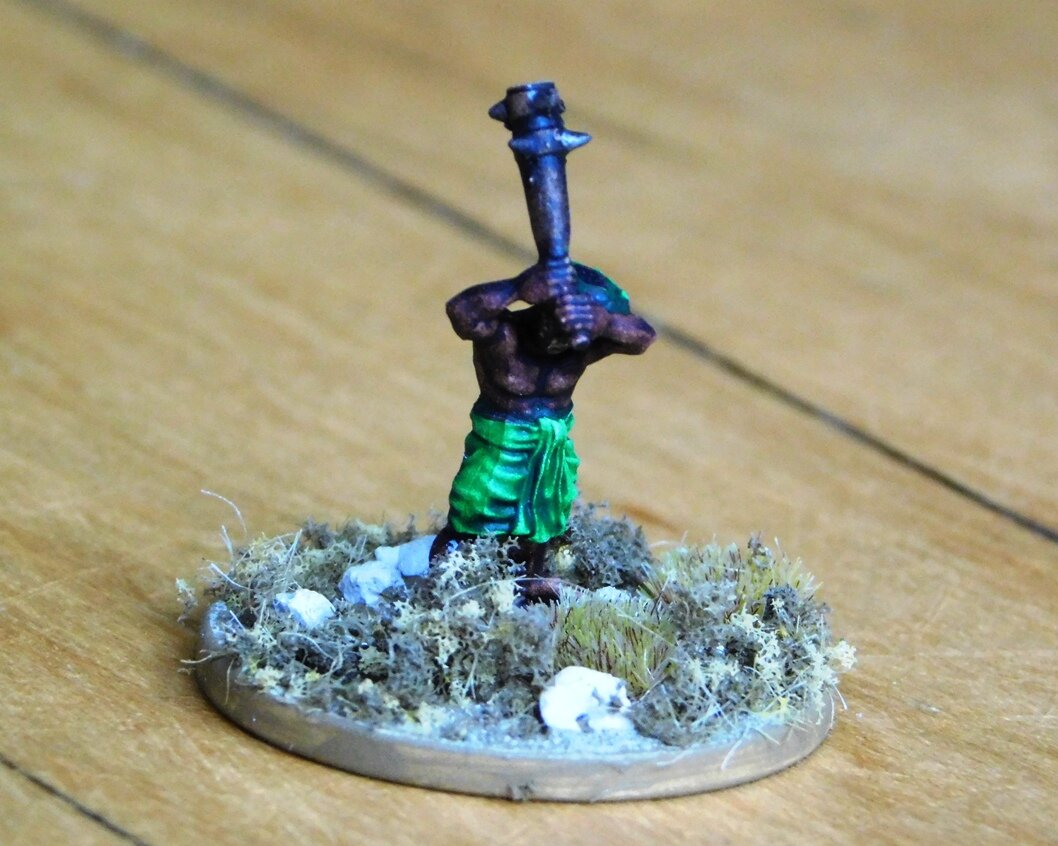Classical Indians: The Elephants
/An important part of any Classical Indian army are the elephants. They can form the spearhead of your attack: stomping any enemy units into submission. They are particularly useful against cavalry-based armies who haven’t encountered pachyderms before.
As with the rest of my Classical Indians , my elephants are from Museum Miniatures’ 15mm CAD-designed “Z” range, and very pretty they are too:
They were also very easy to paint: time-consuming, in that there’s a lot of elephant and crew to produce, but much easier to turn out than I had anticipated.
The elephants themselves are painted with a single coat of GW Contrast Basilicum Grey. Then each under-blanket is painted a dark colour, with the over-blanket a contrasting lighter colour. The rather natty designs on the over-blanket are actually WW2 tank decals (Soviet IIRC), and have turned out even better than I expected.
I painted the crew in situ but, if I have to paint any more, may consider painting them separately then mounting them. It’s 50/50: it’s fiddly to paint them in place, but quite difficult to get them mounted well, so you could ruin a paint job messing around trying to get completed crew figures in place.


